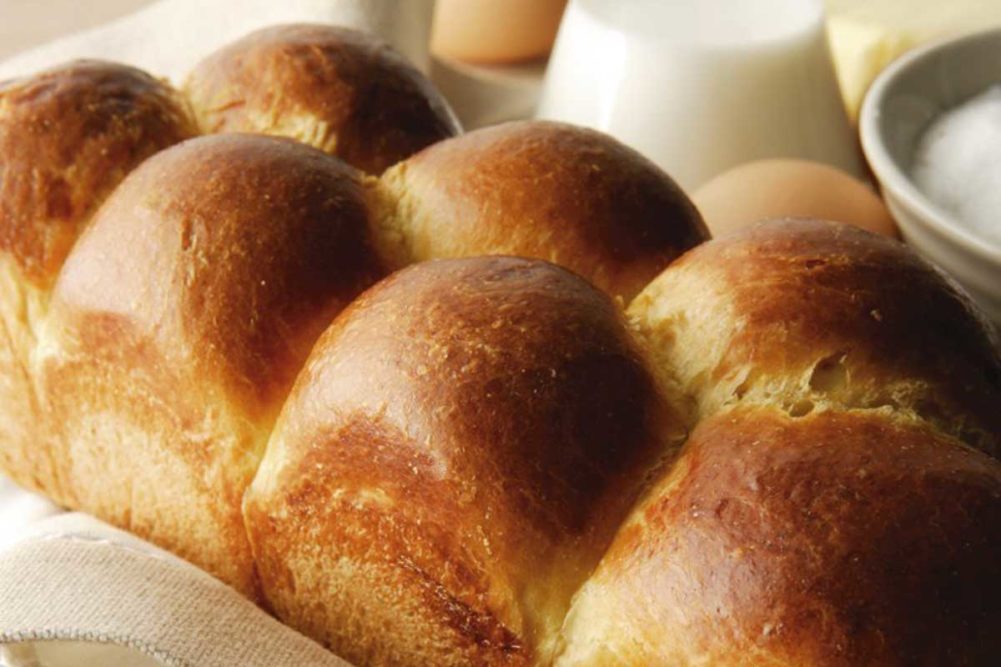To properly interrupt the chemical leavening reaction, it is important to understand what activates it and how bakers can exert some control. Chemical leavening solutions can be customized to get the appropriate reaction and result, but bakers have to know what is happening in the formula to get it right.
“The primary point on chemical leavening solutions for frozen dough or batter applications is that leavening systems are not one-size-fits-all answers for optimal baked product performance,” said Paul Bright, senior innovation manager, AB Mauri North America. “A thorough understanding of the functionality of the leavening system components is essential.”
Chemical leavening systems are made up of an acid and a base. When water is added to the formula, it begins the reaction between the leavening acid and the base to release the gases that contribute to the baked good’s rise.
“In standard processing, once the batter or dough has been mixed, it would be baked, and the gases produced from the leavening reaction will help achieve the volume and structure of the baked product,” explained Mary Thomas, senior R&D manager, Lesaffre Corp.
Leavening acids can be phosphate, sulfate or organic acid, and common bases are sodium bicarbonate or potassium bicarbonate. These acids and bases can be put together to create custom solutions to get the proper reaction timing as well as volume and appearance. Rates of reaction differ among leavening acids. Understanding this process is critical to getting that timing right.
“Since there is no industry standard test to determine dough gassing rates of reaction (DRR), not all acidulants are interchangeable,” Mr. Bright explained. “For example, one sodium acid phyrophosphate 28 (SAPP 28) may have a totally different DRR compared to a similar product from a different SAPP 28 manufacturer.”
This process takes some experimenting. Bakers want leavening to occur at the appropriate time in the oven, and setting up that success looks different across applications. Products like muffin and cake batters and cookie and biscuit doughs should experience some leavening during mixing. Bakers want to minimize any pre-reaction occurring in the mixing bowl for other applications, such as self-rising pizza crusts. There are several ways to help bakers get around these issues and optimize leavening after freezing, but it’s important they know their product and process.
“Dough process temperature, floor time prior to freezing, piece size, freezing time, thawing procedures — answers to all these questions will help to steer the baker in choosing the best leavening for their product,” Ms. Thomas said.
This article is an excerpt from the December 2020 issue of Baking & Snack. To read the entire feature on chemical leavening, click here.





